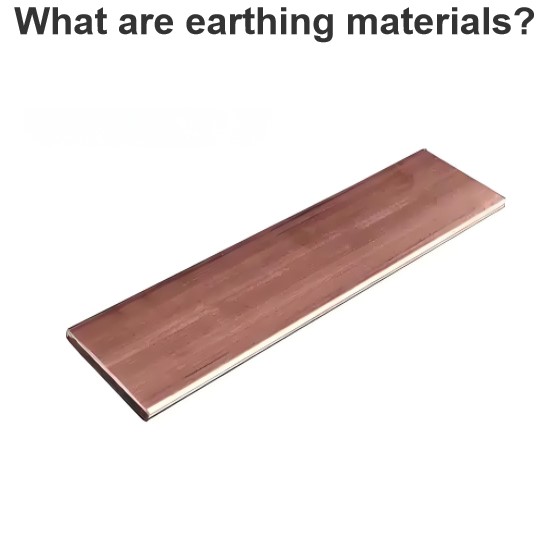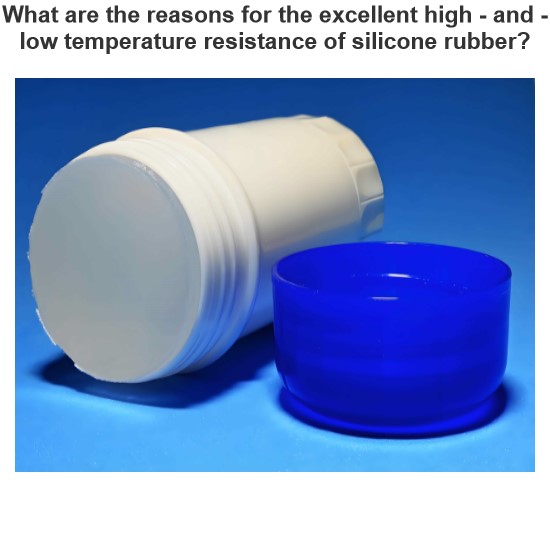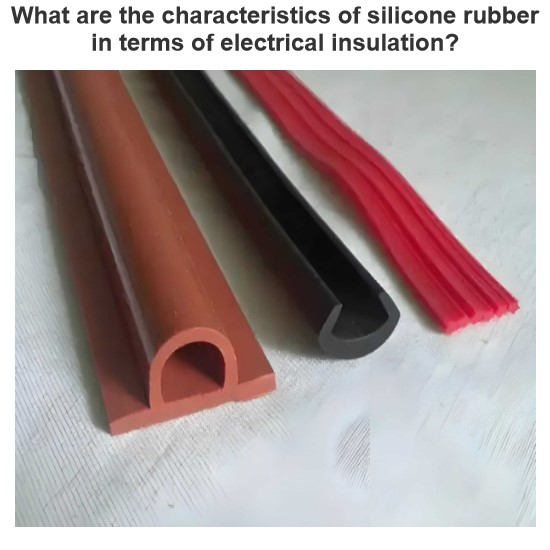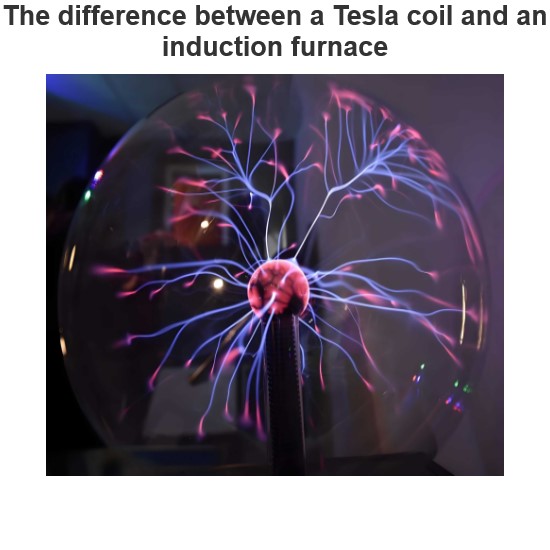Properties of Electrical Conductors
An electrical conductor is a material that allows electric charges to move through it easily when subjected to a potential difference. Electrical conductors are essential for many applications, such as wiring, transmission lines, electrical machines, heating elements, electrostatic shielding, and more. In this article, we will explore the properties of electrical conductors, their types, examples, and applications.
What is an Electrical Conductor?
An electrical conductor is defined as a material that has free electrons or ions that can carry electric current when an electric field is applied. The ability of a material to conduct electricity is called conductivity. The opposite of a conductor is an insulator, which has very few or no free electrons or ions and does not allow an electric current to flow through it.
The conductivity of a material depends on several factors, such as its atomic structure, temperature, impurities, and external influences. Generally, metals have high conductivity because they have many free electrons in their outermost shell that can move easily from one atom to another. Some examples of good conductors are silver, copper, gold, aluminum, iron, and graphite. Non-metals have low conductivity because they have few or no free electrons in their outermost shell and tend to hold them tightly. Some examples of insulators are rubber, glass, wood, plastic, and air.
Some materials have intermediate conductivity between conductors and insulators. These are called semiconductors and are widely used in electronics and computer technology. Some examples of semiconductors are silicon, germanium, gallium arsenide, and carbon nanotubes.
Properties of Electrical Conductors
Electrical conductors exhibit some common properties when they are in equilibrium conditions. These properties are:
Resistance: Resistance is the measure of how much a conductor opposes the flow of electric current. It depends on the material’s resistivity, length, cross-sectional area, and temperature. Resistivity is the intrinsic property of a material that determines its resistance per unit length and area. It is inversely proportional to conductivity. Conductors have low resistivity and low resistance, while insulators have high resistivity and high resistance. Resistance causes some of the electric energy to be converted into heat energy in a conductor. This is called Joule heating or ohmic heating.
Inductance: Inductance is the measure of how much a conductor opposes the change in the electric current flowing through it. It depends on the shape, size, orientation, and arrangement of the conductor. Inductance causes a magnetic field to be generated around a conductor when an electric current flows through it. This magnetic field can induce an electromotive force (EMF) in the same or nearby conductors that oppose the change in current. This is called self-inductance or mutual inductance, respectively. Inductance affects the current distribution and voltage drop in a conductor when it is used for alternating current (AC) supply.
The electric field inside the conductor is zero: The electric field inside a perfect conductor is zero because any electric field would exert a force on the free electrons and accelerate them until they reach equilibrium. In equilibrium conditions, the net force on the free electrons is zero, and they do not move. This means that there is no potential difference inside the conductor, and all points are at the same potential. This property makes conductors suitable for electrostatic shielding of electrical equipment.
Charge density inside the conductor is zero: The charge density inside a perfect conductor is zero because any charge would create an electric field that would repel the same charge to the surface of the conductor. The mutual electrostatic repulsion between like charges (electrons) pushes them to the outer surface of the conductor, where they can be as far apart as possible. This means that there is no charge inside the conductor, and only free charge exists on the surface.
Free charge exists only on the surface of the conductor: As discussed above, the free charge (electrons) does not exist inside the conductor but only on its surface due to electrostatic repulsion. The amount and distribution of free charge on the surface depend on the shape and size of the conductor and the external electric field applied to it.
The electric field at the surface of the conductor is normal to the surface: The electric field at the surface of a perfect conductor is normal (perpendicular) to the surface because any tangential component would cause the free electrons to move along the surface until they cancel out the tangential component. This means that there is no parallel component of an electric field at the surface, and only a normal component exists.
Types of Electrical Conductors
Electrical conductors can be classified into different types based on their structure, composition, behavior, and application. Some common types are:
Metallic conductors: These are conductors made of metals or alloys that have high conductivity due to their free electrons. They are widely used for wiring, transmission lines, electrical machines, electrical contacts, etc. Some examples are silver (Ag), copper (Cu), gold (Au), aluminum (Al), iron (Fe), etc.
Ionic conductors: These are conductors made of ionic compounds that have high conductivity due to their free ions when they are dissolved in water or melted into a liquid state. They are used for electrolysis, batteries, fuel cells, etc. Some examples are sodium chloride (NaCl), potassium hydroxide (KOH), sulfuric acid (H2SO4), etc.
Molecular conductors: These are conductors made of molecules that have high conductivity due to their delocalized electrons or molecular orbitals that can overlap with each other. They are used for organic electronics, nanotechnology, etc. Some examples are graphite ©, carbon nanotubes (CNTs), polyacetylene (PA), etc.
Superconductors: These are conductors that have zero resistance and infinite conductivity when they are cooled below a certain critical temperature. They also exhibit other phenomena, such as the Meissner effect, persistent current, quantum levitation, etc. They are used for superconducting magnets, quantum computers, medical imaging, etc. Some examples are mercury (Hg), lead (Pb), yttrium barium copper oxide (YBCO), etc.
Applications of Electrical Conductors
Electrical conductors have many applications in various fields of science, engineering, and technology. Some common applications are:
Wiring: Wiring is one of the most common uses of electrical conductors. It involves connecting different electrical devices or components with wires made of metallic conductors such as copper or aluminum. Wiring allows electricity to flow from one point to another with minimal loss or interference.
Transmission lines: Transmission lines are specialized wires or cables that carry high-voltage alternating current (HVAC) or direct current (HVDC) over long distances from power plants to substations or consumers. Transmission lines use metallic conductors such as aluminum or steel reinforced with a steel core or optical fibers. Transmission lines allow efficient transmission of electricity with minimal loss or interference.
Electrical machines: Electrical machines are devices that convert electrical energy into mechanical energy or vice versa. They include motors, generators, transformers, etc. Electrical machines use metallic conductors such as copper or aluminum for their windings, coils, or armatures. Electrical machines allow the conversion of electricity into useful work or power.
Heating elements: Heating elements are devices that convert electrical energy into heat energy by using a resistive heating effect. They include incandescent lamps, electric heaters, ovens, furnaces, etc. Heating elements use metallic conductors such as tungsten or nichrome for their filaments, wires, or coils. Heating elements allow the generation of heat for various purposes such as lighting, cooking, melting, etc.
Electrostatic shielding: Electrostatic shielding is a technique that uses electrical conductors to protect sensitive electrical equipment from external electric fields or charges. It involves enclosing the equipment with a conducting material such as metal or foil. Electrostatic shielding prevents unwanted interference or damage from static electricity, lightning, electromagnetic radiation, etc.
Conclusion
Electrical conductors are essential for many applications that involve the flow of electricity. They have various properties, types, examples, and applications that make them suitable for different purposes. By understanding the characteristics and behavior of electrical conductors, we can use them more effectively and efficiently in our daily lives and in various fields of science, engineering, and technology.
Statement: Respect the original, good articles worth sharing, if there is infringement please contact delete.
Electrical4U is dedicated to the teaching and sharing of all things related to electrical and electronics engineering.













